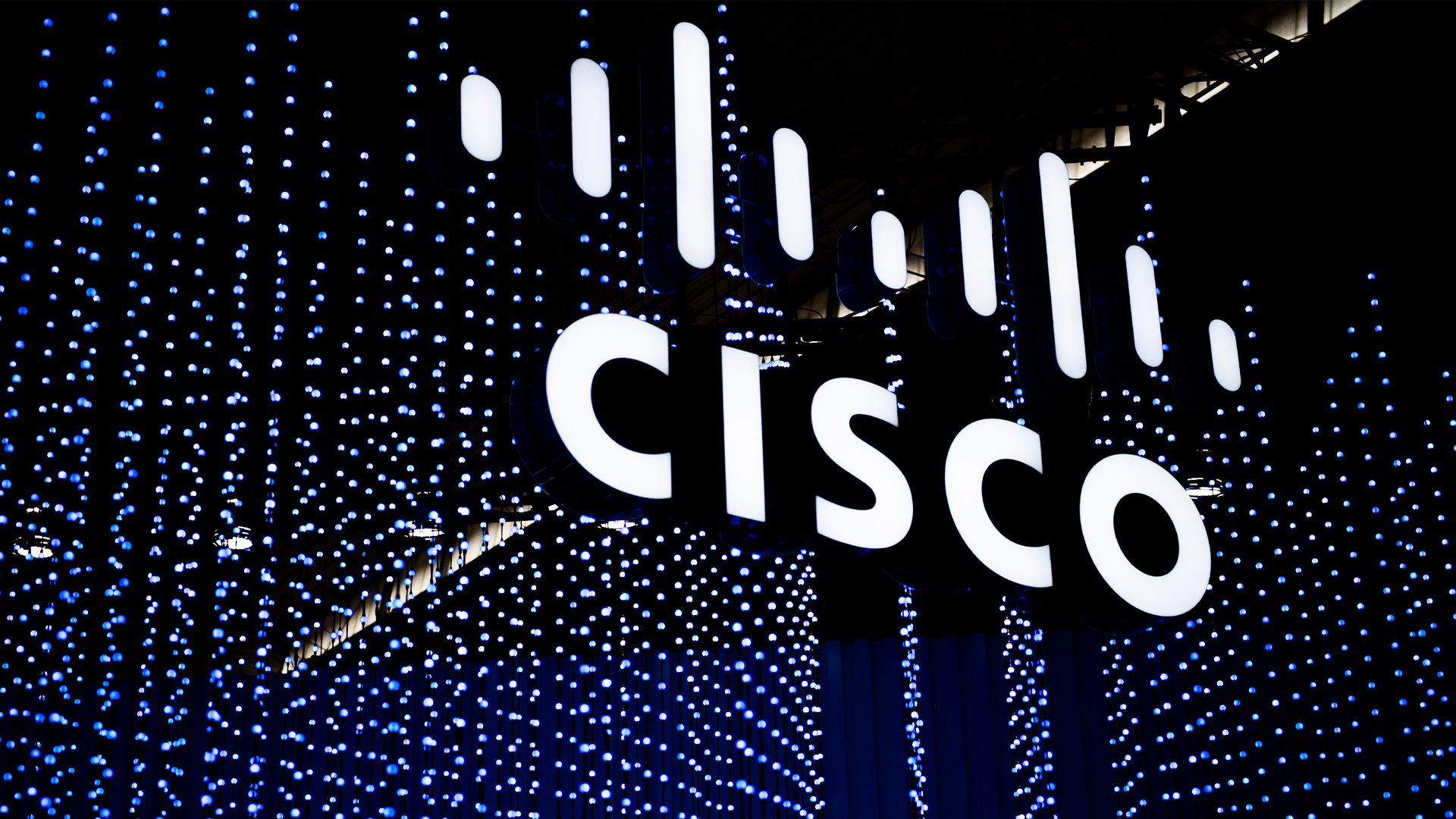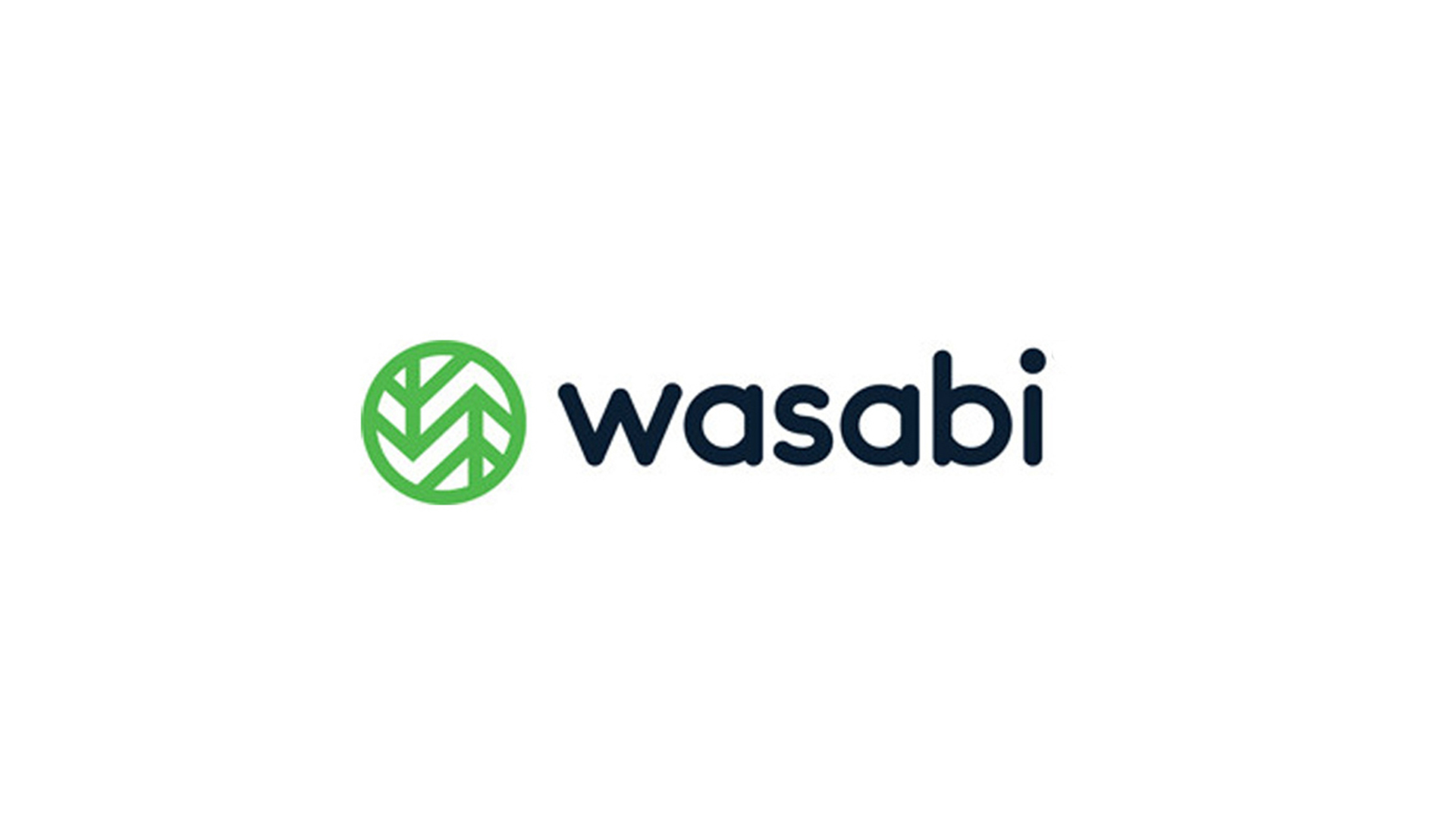How to maintain profitability in the transformed IT world
Vendors and their partners need a strategy that treats the channel like a business, says Mark Hiley

It has been known for some time now that enterprises must accelerate to keep up in the technology stakes. Digital transformation is driving change in technology, innovation, and cloud economics.
Customers are leveraging technology to transform their business and compete in new ways - and this means they want to consume IT in different ways, disrupting the IT value chain and requiring both partners and vendors to rapidly adjust their business models.
As the technology landscape develops, so do customer expectations. Customers are requiring more support from vendors and channel partners when implementing and supporting their systems and complex infrastructure. This is due to the increased complexity of offerings, be it SaaS, PaaS or network infrastructure, and vendors and partners must take a more supportive and consultative approach to the sales process, in order to best help vendors address these changing demands.
Ultimately, it's up to vendors and their partners to redefine and evolve their business models to provide a full solution approach.
When looking to the future, it's clear there are new priorities and challenges for the channel in maintaining profitability in the transformed world of IT.
Partnering for success
The right vendor/partner relationship is critical when it comes to flexing to meet the ongoing changes in customer demand.
To enable partners to thrive in a rapidly changing marketplace, vendors need to provide unique programs that can be simple, flexible and, of course profitable. It's now in the remit of the channel to provide a full range of services that will allow for the design, architect, installation, integration and operation of the solutions that they are offering - in a way that their approach can be tailored to meet changing demands.
ChannelPro Newsletter
Stay up to date with the latest Channel industry news and analysis with our twice-weekly newsletter
Providing solutions that allow partners to have elevated conservations with customers that focus on solving their digital transformation issues, enables them to diversify their product portfolio. And having the ability to meet these needs will help to increase profitability as the market shifts. This requires a partner program that's simple, flexible and profitable, requiring virtually no time for partners to adapt to rapid changes.
Giving strategic autonomy back to resellers
It's important to recognise that different partner types sell in different ways, just as customers consume IT in myriad ways. Therefore the next vein of program needs to reward the multiple ways of selling, be it software licensing, resale, managed services, or recurring revenue-based cloud services.
This then allows partners to decide where they want to focus their resources. For distributors, this could be on product delivery, training & enablement, support and marketing tools that drive resale partner success with their customers. Whereas for systems integrators, they may look for a partner that offers customers best-of-breed solutions that provide rapid ROI on increased application acceleration, IT consolidation, and network and application visibility.
This model also allows the path to earning rewards to be clear and easy to understand, enabling them to choose how they earn and spend dividends which means they can maximise transaction velocity.
Adopting a strategy which treats the channel as a business, and tracks the value provided to partners, will ultimately allow vendor and partners to both flex as needed to maintain profits.
Mark Hiley is channel sales director for UK & Ireland at Riverbed Technology
-
 Asus ZenScreen Fold OLED MQ17QH review
Asus ZenScreen Fold OLED MQ17QH reviewReviews A stunning foldable 17.3in OLED display – but it's too expensive to be anything more than a thrilling tech demo
By Sasha Muller
-
 How the UK MoJ achieved secure networks for prisons and offices with Palo Alto Networks
How the UK MoJ achieved secure networks for prisons and offices with Palo Alto NetworksCase study Adopting zero trust is a necessity when your own users are trying to launch cyber attacks
By Rory Bathgate
-
 Cisco names Oliver Tuszik as global sales chief
Cisco names Oliver Tuszik as global sales chiefNews Cisco has announced the appointment of Oliver Tuszik as its new executive vice president of global sales, who replaces Gary Steele.
By Daniel Todd
-
 Selling on outcomes, not solutions – how the channel can improve sales success in 2025
Selling on outcomes, not solutions – how the channel can improve sales success in 2025Industry Insights The traditional solutions-led approach to channel sales needs to be adapted – here’s how
By Phil Skelton
-
 Wasabi Technologies promotes Jon Howes to SVP of global sales
Wasabi Technologies promotes Jon Howes to SVP of global salesNews The industry veteran will lead the cloud storage firm’s global sales operations as it looks to further growth
By Daniel Todd
-
 Why technology resellers are essential to UK government
Why technology resellers are essential to UK governmentIndustry Insight Technology resellers can play a pivotal role in supporting public sector digital transformation
By Sean Collins
-
 How the channel can maximize market opportunities for business growth
How the channel can maximize market opportunities for business growthIndustry Insight Adapting to emerging technology trends, fostering closer client relationships, and building a strong online presence will be key to maximizing channel growth
By Anton Shelepchuk
-
 Understanding the customer journey is key to building stronger client relationships
Understanding the customer journey is key to building stronger client relationshipsIndustry Insight Understanding the complexities of the modern customer journey will be key to fostering robust, long-term relationships with clients
By Tony McNish
-
 Building channel resilience in 2023 and beyond
Building channel resilience in 2023 and beyondIndustry Insight Building a resilient, robust channel ecosystem could be key to weathering current economic trends
By John Nolan
-
 Veritas bolsters partner program with new incentives and rewards
Veritas bolsters partner program with new incentives and rewardsNews A simplified channel platform process will enable partners to focus on their core strengths in FY24, the company says
By Daniel Todd